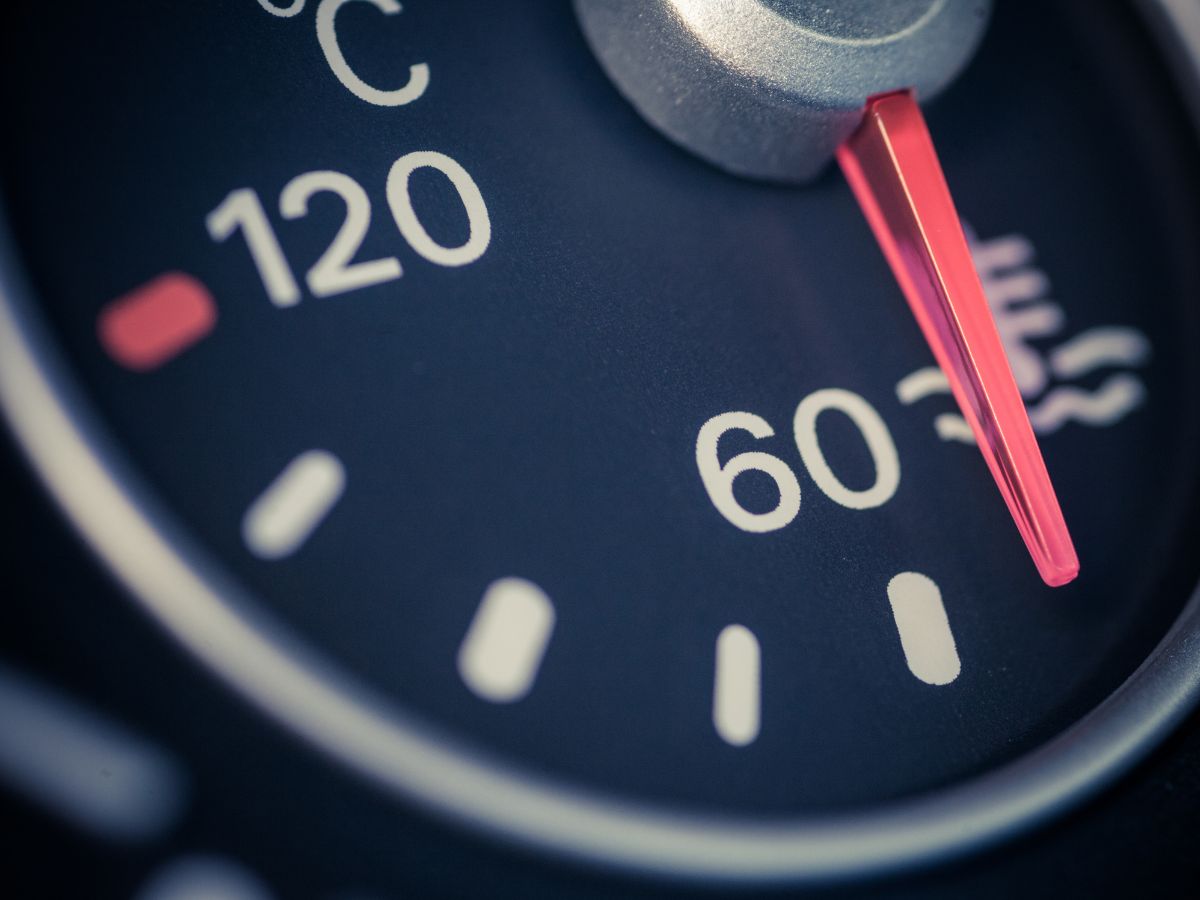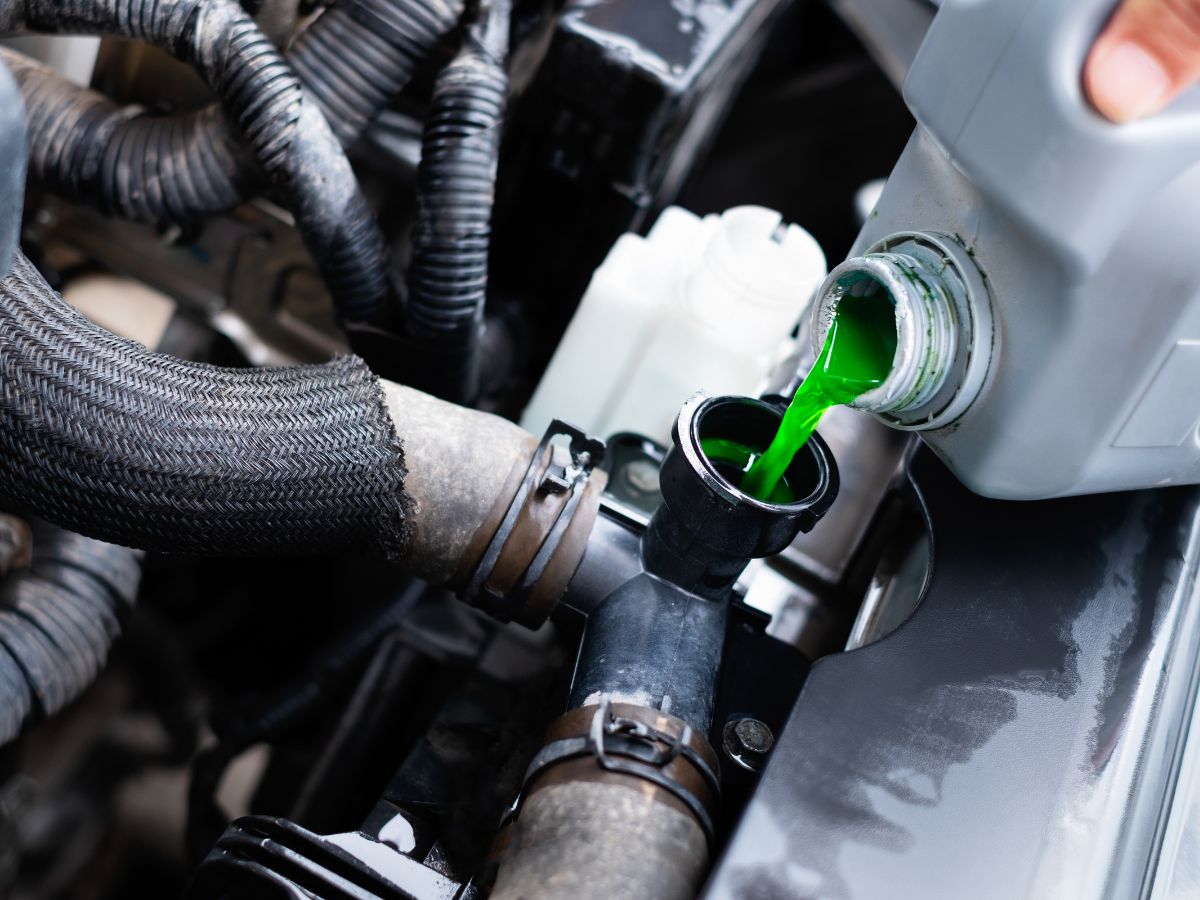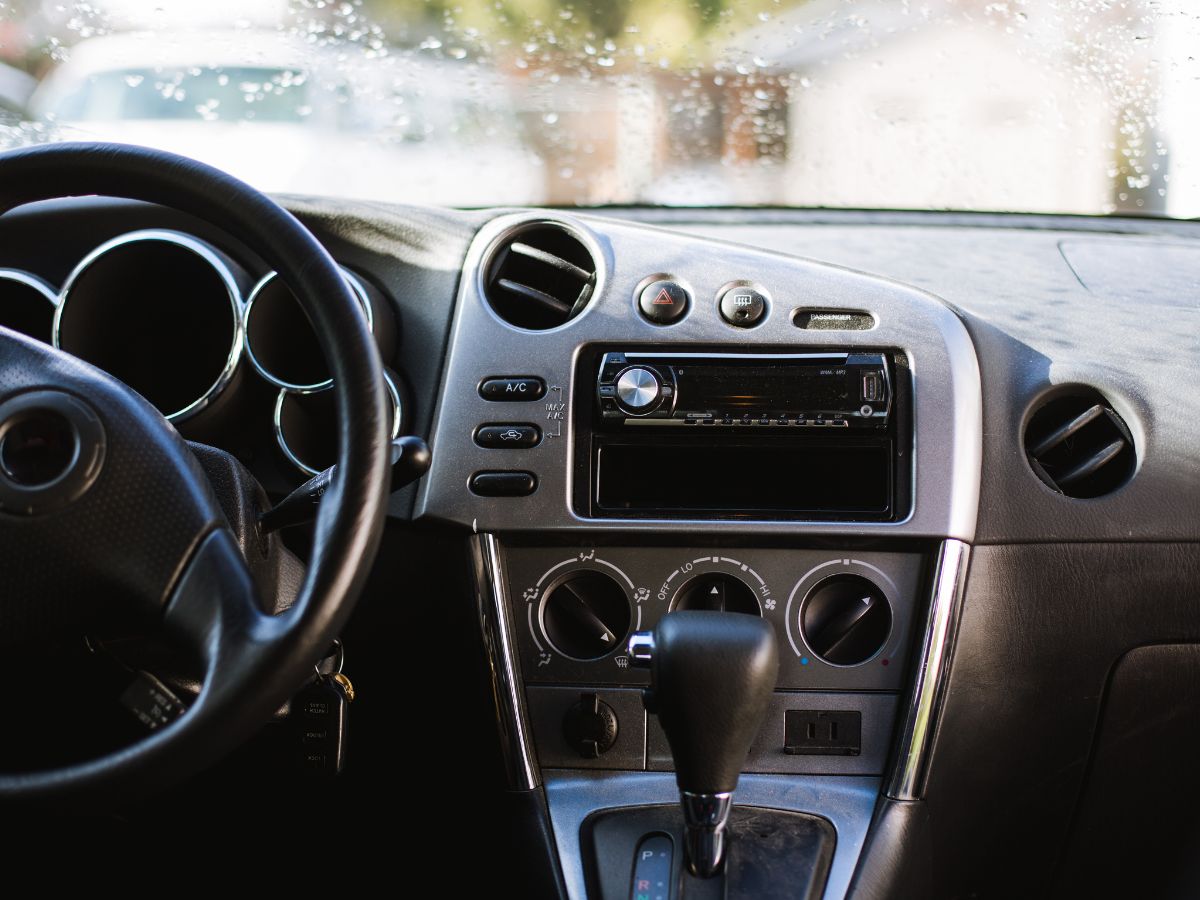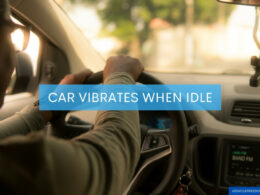In This Article Show
One problem drivers often face, especially during the colder months, is their car heater providing no idle heat. It’s a chilling problem that leaves many scratching their heads – or worse, bundling up in heavy layers while they drive.
But you don’t have to endure those frosty morning drives anymore. In my career, I’ve spent countless hours diagnosing and fixing this issue, gaining knowledge and insights. Today, I want to share some of these insights with you.
But first, let’s understand how your car’s heating system works. Simply put, your car’s heater uses the heat from the engine’s coolant to warm up the air blown into your cabin. The engine heats the coolant, which flows to the heater core in your dashboard. Here, the hot coolant warms up air that your car’s blower then pushes into the car cabin. Pretty neat, right?
Imagine you’re idling, perhaps at a stoplight, and suddenly the warm air turns cold. Brrr! It’s an issue that can transform a comfortable drive into a frigid ordeal. Not to worry, though. With the right knowledge, you can troubleshoot and even fix this problem, which is exactly what this post will help you do.
Symptoms of No Heat When Idle
Recognizing the problem is half the battle when dealing with car issues. Regarding your car heater providing no heat when idle, there are a few key symptoms you should be aware of.
These tell-tale signs can help you diagnose the issue sooner and potentially save you a lot of discomfort and frustration.
No Heat During Idle
This is the most obvious symptom. You’re at a stoplight or stuck in traffic, and suddenly the warm air from your vents turns cold. As soon as you start moving again, the warm air returns. This inconsistency is uncomfortable and a clear sign that something’s amiss.

Fluctuating Temperature Gauge
If the temperature gauge on your dashboard is behaving erratically, bouncing between hot and cold, it might indicate that your car’s heating system isn’t functioning properly.
Unusual Noises
Do you hear any strange gurgling or bubbling sounds from your heater? These noises could indicate an issue with your heater core or coolant, which we’ll discuss in the upcoming sections.
Coolant Leak
Notice any bright green, sweet-smelling liquid under your car? That’s your coolant, and if it’s leaking, it could lead to inadequate heating.
Unpleasant Smell
An unusual, sweet smell inside the cabin can signal a leaking heater core. As the coolant leaks into the car, it can emit a distinctive, sweet odor.
Keep in mind, while these symptoms are often associated with your car heater not providing heat when idle, they can also indicate other car issues. In my 13 years as a mechanic, I’ve learned not to jump to conclusions. Diagnosing thoroughly before proceeding with any repairs or replacements is always wise.
Common Causes of No Heat When Idle
Understanding these causes is essential in diagnosing the issue accurately and finding the right solution. Here are the most common culprits:
Low Coolant Levels
Low coolant levels are the most frequent cause of no heat when idle. Coolant absorbs heat from the engine and carries it to the heater core where it’s used to warm up the air for your car’s heating system. The system can’t produce enough heat if there’s not enough coolant, especially when your car is idle.

Malfunctioning Thermostat
The thermostat controls the flow of coolant between the engine and the radiator. If it’s stuck open, the engine might not reach the ideal operating temperature, resulting in inadequate heat.
Clogged Heater Core
The core is like a small radiator inside your car’s dashboard. Hot coolant flows through it, warming up the air that’s blown into your car’s cabin. If it’s clogged, the heat transfer can’t occur properly.
Faulty Water Pump
The water pump circulates the coolant through the engine, radiator, and heater core. If it fails, the circulation can be compromised, particularly at low engine speeds when idling.
Damaged Heater Control Valve
This valve controls the flow of coolant to the heater core. If it’s damaged or stuck, it can restrict hot coolant flow, affecting the heating system.
Identifying the root cause of your car’s heater problem is crucial for effective repair. In the next section, we’ll walk you through the steps of diagnosing these issues.
Remember, some of these tasks may require professional expertise and tools, but having an understanding of what’s going wrong can empower you to make informed decisions about your vehicle’s maintenance and repair. Let’s keep moving forward!
Diagnosing the Problem
Now that we’ve identified the possible culprits, it’s time to get down to the nitty-gritty – diagnosing the exact cause. Remember, while a handy car owner can do some of these steps, others might require a professional mechanic’s expertise. Never hesitate to reach out to a professional if you’re unsure.
Check Coolant Levels
Start by examining your coolant levels. If the coolant is low, it might not reach the heater core when the engine’s RPM is low, like when you’re idling. The coolant reservoir is usually a translucent bottle located under the hood; the coolant level should be between the “minimum” and “maximum” lines.
Inspect the Thermostat
If your coolant levels are fine, check the thermostat next. After running the car for some time, feel the upper radiator hose. If it’s not hot, the thermostat might be stuck open and need replacement.
Test the Heater Core
Be careful; this can be hot! With the car at operating temperature, feel both heater hoses. They should be hot. If one is cold, it might suggest a blockage in the heater core.
Evaluate the Water Pump
Diagnosing a faulty water pump might require professional help. Signs to look for are coolant leaks from the pump or overheating engine. Also, a whining sound from the front of your car can be a sign of a failing water pump.
Examine the Heater Control Valve
This part can be challenging to diagnose without professional help, but a visible inspection for leakage or cable damage can be done. This could be the issue if you’re still not getting heat while idling.
The steps mentioned above should help you or your mechanic zero in on the cause of your car’s heating issue. Next, we’re going to address the fixes for each potential cause.
I hope to provide you with the confidence to tackle these issues, or at least, to understand what’s happening when you take your car to a repair shop.

Fixes for Each Cause
Now that we’ve diagnosed the problem, let’s explore the various solutions based on the potential causes. Remember, while a savvy car owner can manage some fixes, others require professional expertise.
Don’t hesitate to seek help if a fix is out of your comfort zone.
Replenishing Coolant Levels
If the issue is low coolant, the fix is straightforward – you’ll need to replenish the coolant. Make sure the engine is cool to avoid any risk of burns. Locate the coolant reservoir, remove the cap, and add the coolant – usually a 50/50 mix of water and antifreeze – until it reaches the “max” line. Replace the cap securely.
Replacing the Thermostat
If it is stuck open, it will need replacing. Start by draining the coolant to avoid any spilling. Locate the thermostat housing, usually at the end of the radiator hose. Remove the housing to expose the thermostat, replace it, and then reattach the housing.
Refill the coolant. This task is moderately difficult and might be best left to professionals if you’re unsure.
Flushing or Replacing the Heater Core
Flushing can often fix A clogged heater core. Disconnect the inlet and outlet hoses and use a water hose to flush out any blockages. If this doesn’t work, the heater core might need replacing – a complex job usually best left to a professional mechanic.
Replacing the Water Pump
A faulty water pump requires replacement. This task usually involves removing several components to access the water pump. Once replaced, new coolant is added and the system is bled to remove any air. Due to its complexity, this task is usually best left to a professional.
Replacing the Heater Control Valve
If the valve is damaged, it will need replacing. Locate the valve and remove the heater hoses, then replace the valve. Reconnect the hoses, ensuring a tight seal. As with the water pump, this can be a complex job and may require professional help.
Each of these fixes requires some level of mechanical knowledge and the right tools. Safety should always be your priority, so if unsure, take your vehicle to a professional.
Preventive Measures and Regular Maintenance Tips
Prevention is always better than cure. Regular maintenance and proper care can often prevent issues with your car’s heating system, saving you from unwanted troubles and expenses. Here are some preventive measures and maintenance tips that can help:
Regular Coolant Check
Regularly check your coolant level and refill it as necessary. It’s also a good idea to completely flush and replace the coolant every 30,000 miles or as your vehicle’s manufacturer recommends.
Thermostat Maintenance
Pay attention to the performance of your thermostat. If your vehicle’s temperature gauge frequently fluctuates, it could be an early sign that your thermostat may need replacing.
Keep an Eye on the Heater Core
Monitor your car’s heat output, especially during colder months. If you’re noticing diminished heat, it might indicate a clogged heater core. Early detection can allow for a simpler flushing rather than a more complex replacement.
Regular Professional Check-ups
Regular professional check-ups are key. A qualified mechanic can often spot and address minor issues before they turn into major problems.
Watch for Leaks
Regularly inspect the area under your car for leaks. Bright green fluid or a sweet smell can indicate a coolant leak requiring immediate attention.
Listen for Unusual Noises
Strange noises from your car should never be ignored. A whining sound from the front of your vehicle or gurgling noises from your heater can indicate issues with the water pump or heater core.
By being proactive and following these regular maintenance and preventive measures, you can keep your car’s heating system in optimal shape, and enjoy comfortable, worry-free drives even in the coldest weather.
Wrapping it up
Understanding why your car heater provides no heat when idle and how to fix it can save you from cold, uncomfortable drives.
Every step is significant in diagnosing and addressing this issue, from checking coolant levels to inspecting the heater core, the thermostat, the water pump, and the heater control valve.
Regular maintenance, preventive measures, and a keen eye (or ear) for symptoms can help you stay ahead of this problem. Remember, while some tasks can be managed at home, don’t hesitate to consult with a professional mechanic when needed.











